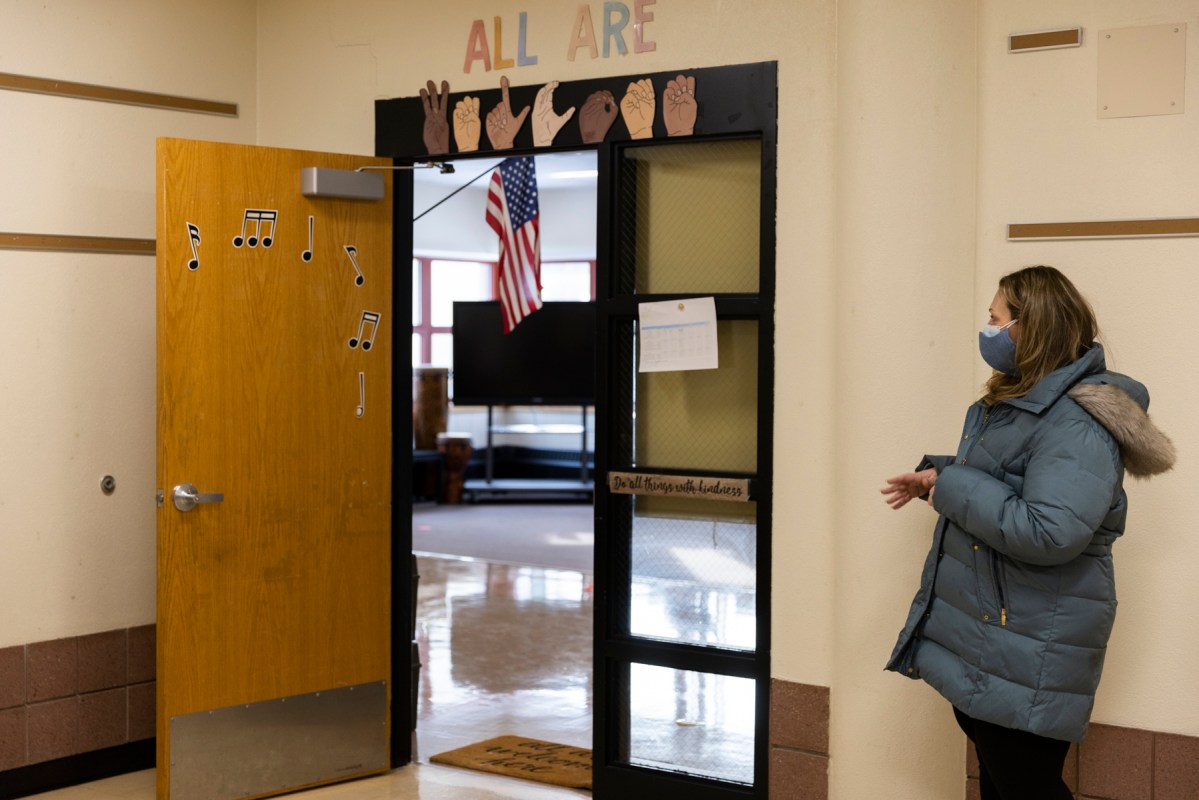White elementary students are most likely to return to Minneapolis Public Schools when they reopen for in-person learning next week, and Asian students are least likely.
The data, obtained from the school district through a public records request, are consistent with numbers in St. Paul and echo trends across the country.
They’re also reflected in data at the individual school level. The Minneapolis school with the highest percentage of students returning is the Lake Harriet Upper School in a wealthy, predominantly white neighborhood: 81 percent of students are returning. But at Hmong International Academy in North Minneapolis, just 36 percent of students plan to attend school in person.
Next week, Minneapolis elementary schools will open for the first time in eleven months. Pre-K and kindergarten students who have chosen in-person learning are slated to return Monday; first and second graders will join them Wednesday; and two weeks later, third through fifth graders will return. Classrooms won’t look the same: desks have been spaced apart, plexiglass dividers and air filtration machines have been placed throughout the buildings, and students and teachers will be wearing masks. And the student demographics will be different, too.
Overall, the district expects about 60 percent of elementary students to return in person, although that might be an overestimate. These numbers include families who did not fill out a registration form, about 1,800 of the district’s 16,000 elementary students. The district opted those students into in-person learning by default. That’s because it’s easier to switch students into distance learning than into in-person learning. Schools also wanted to err on the side of planning for more students.
That may mean these numbers of in-person students overrepresent some demographic groups, especially Black and American Indian children. Of families who filled out the registration form, 53 percent of Black students and 43 percent of American Indian students chose to return to classrooms. But the district is planning for 60 percent of Black students and 57 percent of American Indian students to attend in person.
Want to see how many kids are coming back to your school? Here’s a table.
Since summer, parents of color have indicated both in Minnesota and in the rest of the country that they feel less comfortable returning to school than white parents. In New York City, 12,000 more white students are returning to classrooms than Black students, although Black students make up a larger share of the student population. And in Chicago, white students are twice as likely to choose in-person learning as their Black and Latino peers.
That’s partly because COVID-19 has disproportionately sickened and killed people of color. In many communities of color, intergenerational homes are also more common, which creates a greater risk for a child to inadvertently infect an elder.
Another key factor is trust. Medical providers and community leaders have raced to address the racial trust gap for vaccines, but the education trust gap has received less attention. Communities that have been hit hard both by the virus and by centuries of education inequalities may not trust schools to keep their kids safe, as the New York Times reported this week.
Yet even as their families may be warier about a return to the classroom, students of color and English learners are more likely to struggle with remote learning. Attempting to balance health and educational needs has left many families in a bind.
“I just feel that whatever parents choose, there’s no good option,” Minneapolis kindergarten teacher Veronica Castellanos Vasquez told Sahan Journal last week. “There’s no good option for anything.”



